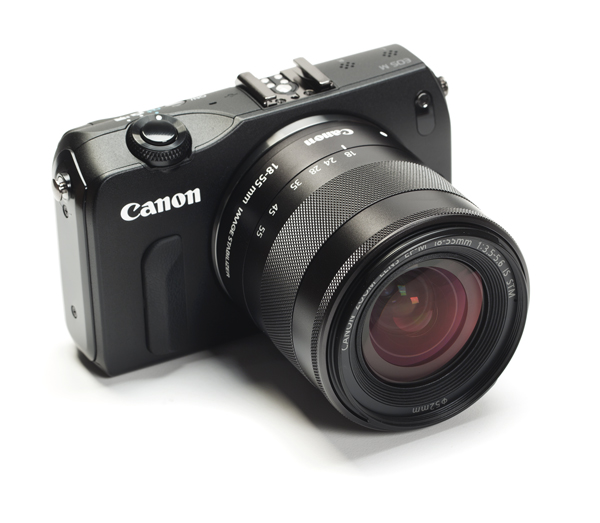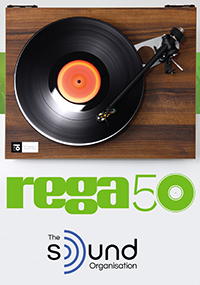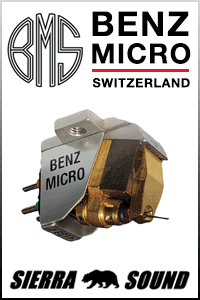Canon EOS M Camera
 We’ve been using Canon’s compact G-series digital cameras in succession since the G9, each one making incremental gains in performance over the last, both in terms of image capture and image processing. The big jump came with the G1 X, which featured a much larger image sensor (APS-C; 22.3 x 14.9mm), giving that camera an edge in low-light situations, capturing images that rival many DSLRs.
We’ve been using Canon’s compact G-series digital cameras in succession since the G9, each one making incremental gains in performance over the last, both in terms of image capture and image processing. The big jump came with the G1 X, which featured a much larger image sensor (APS-C; 22.3 x 14.9mm), giving that camera an edge in low-light situations, capturing images that rival many DSLRs.
The EOS M builds on this success, combining the high quality of the G1 X sensor, with the ability to change lenses. Currently there are only two lenses available in the EOS M stable: a 22mm f2 lens (about 35mm equivalent with full frame sensor) and an 18-55mm f3.5-5.6 zoom. Though MSRP on this combination is $599, it can be had for about $340 online, making this an incredible bargain.
18 megapixel power
Pixels aren’t everything, but in the case of the EOS M, a sensor with larger pixels than the rest of the pack makes for high ISO/low noise images, allowing much cleaner photos in low light situations than the comparably priced point-and-shoot cameras at your disposal. Thanks to great face recognition software and the sensor from the G1 X, shooting at ISO 1600 and up is now a breeze, making this the perfect camera to sneak into your favorite concert, where “professional” cameras are not allowed.
Average to high light level results are even better – pictures taken with the EOS M compare favorably, almost identically, to identical images captured with the Canon EOS 7D DSLR. Those using the EOS system can mount their full complement of EOS lenses with a convenient adaptor ($199) and retain full auto focus and image stabilization, making the EOS M an ideal backup body. Mounting a 70-200mm f2.8D lens yields crisp results with no lack of functionality.
Highlights and shadows are clean and noise-free at all but the highest ISO rating. As for composition, the EOS M’s three-inch viewing screen is easy to compose with, even in fairly bright light. As with every other compact camera, this is perhaps the only area where the EOS M falls down in comparison to a DSLR, as looking through the actual viewfinder in bright light is still the easiest way to focus a camera.
Those needing more viewing area can plug in an external HD monitor via the HDMI port, as you would with one of the higher-end EOS DSLR bodies. Best of all, the EOS M allows you focusing and composition in real time, making this camera incredibly easy to use in a studio situation, especially with manual focus engaged.
Smashing ergonomics
Legacy G-series users will instantly feel at home, yet will notice the stripped-down feel of this camera in comparison. Rather than having most of the buttons on the outside of the camera, nearly everything is menu driven on the EOS M, making for a sleeker camera.
Fully automatic mode delivers great pictures, yet the EOS M allows full manual control of everything for the advanced photographer who desires it. Full HD video (1080 x 1920 pixels) is only a button click away and again, the results closely resemble that of an EOS 7D. Images are captured via SD cards, and if you plan on capturing a lot of HD video, purchase the fastest data transfer card you can find.
Taking advantage of Servo AF mode, the EOS M can capture photos at a rate of just under two frames per second, so it may not be the best camera for covering a Formula One race – but it should be more than adequate for the next birthday party or soccer match. And remember, some of the world’s best photographers shot without motorized assist, so up your game accordingly…
Almost…
So whether you’d like a compact camera that will work in tandem with your DSLR, or a high-performance camera that can take advantage of a wide range of lenses, the Canon EOS M is worthy of the moniker. – Jeff Dorgay
Canon’s EOS M
$599 (with 18-55mm lens)








